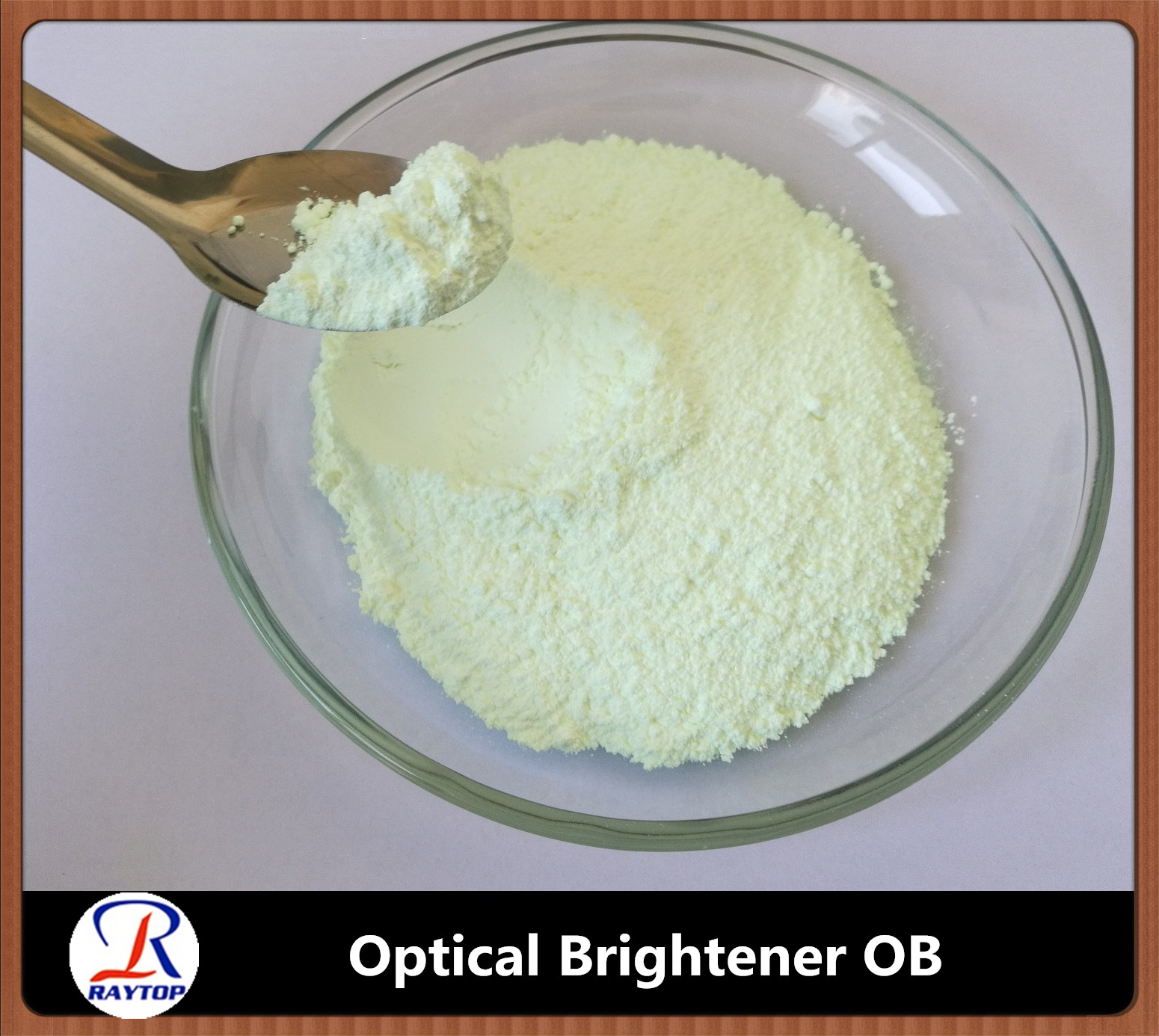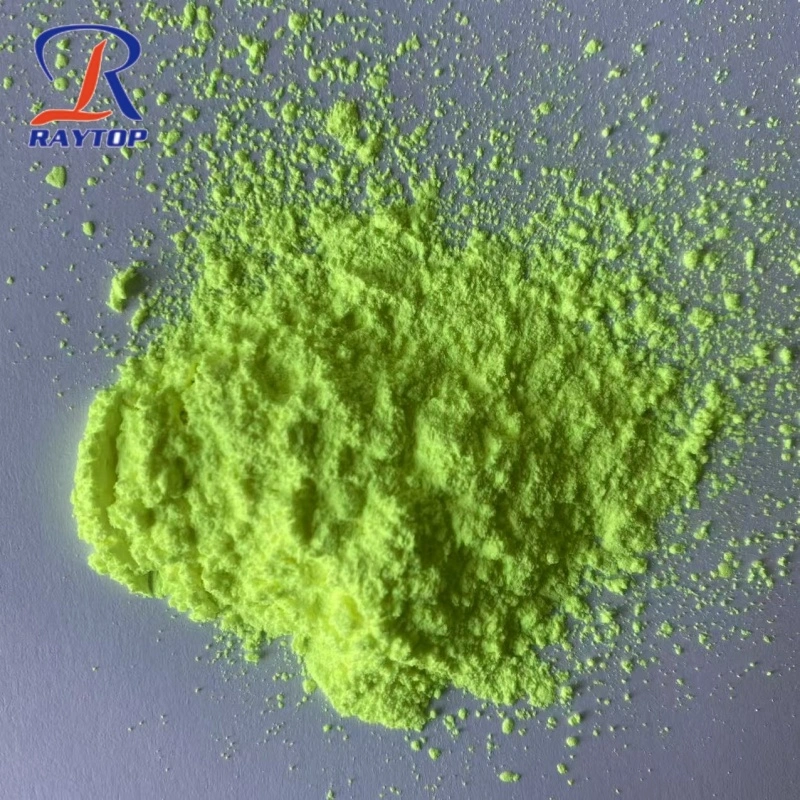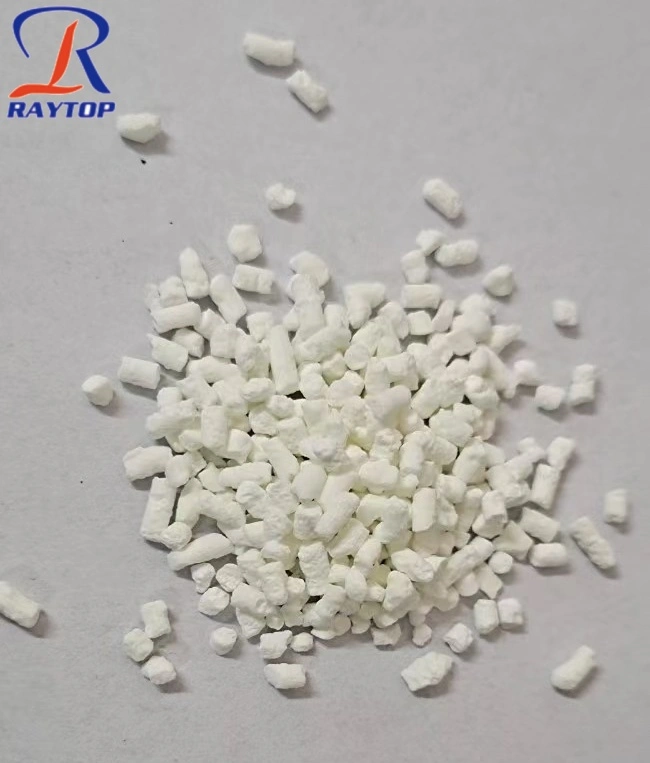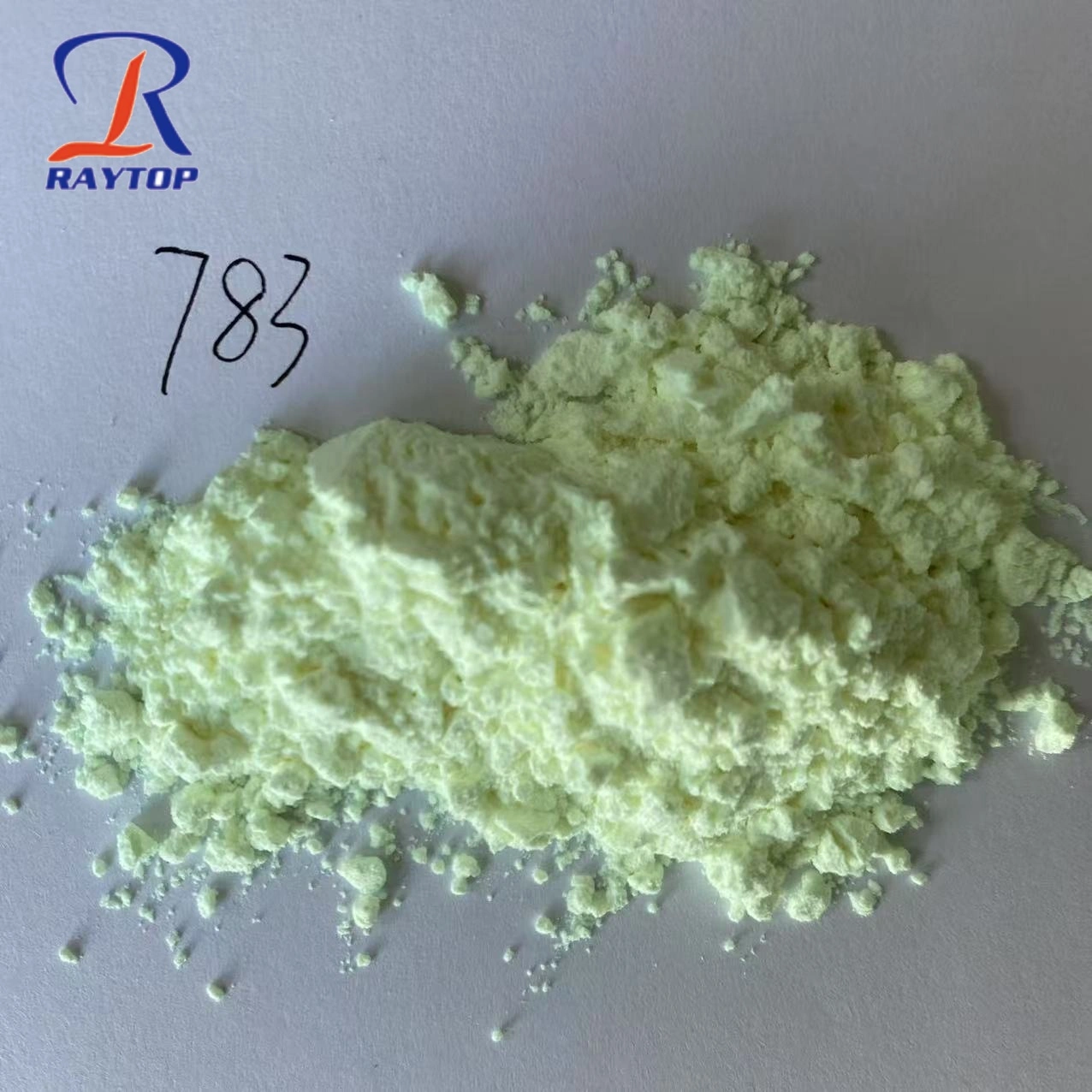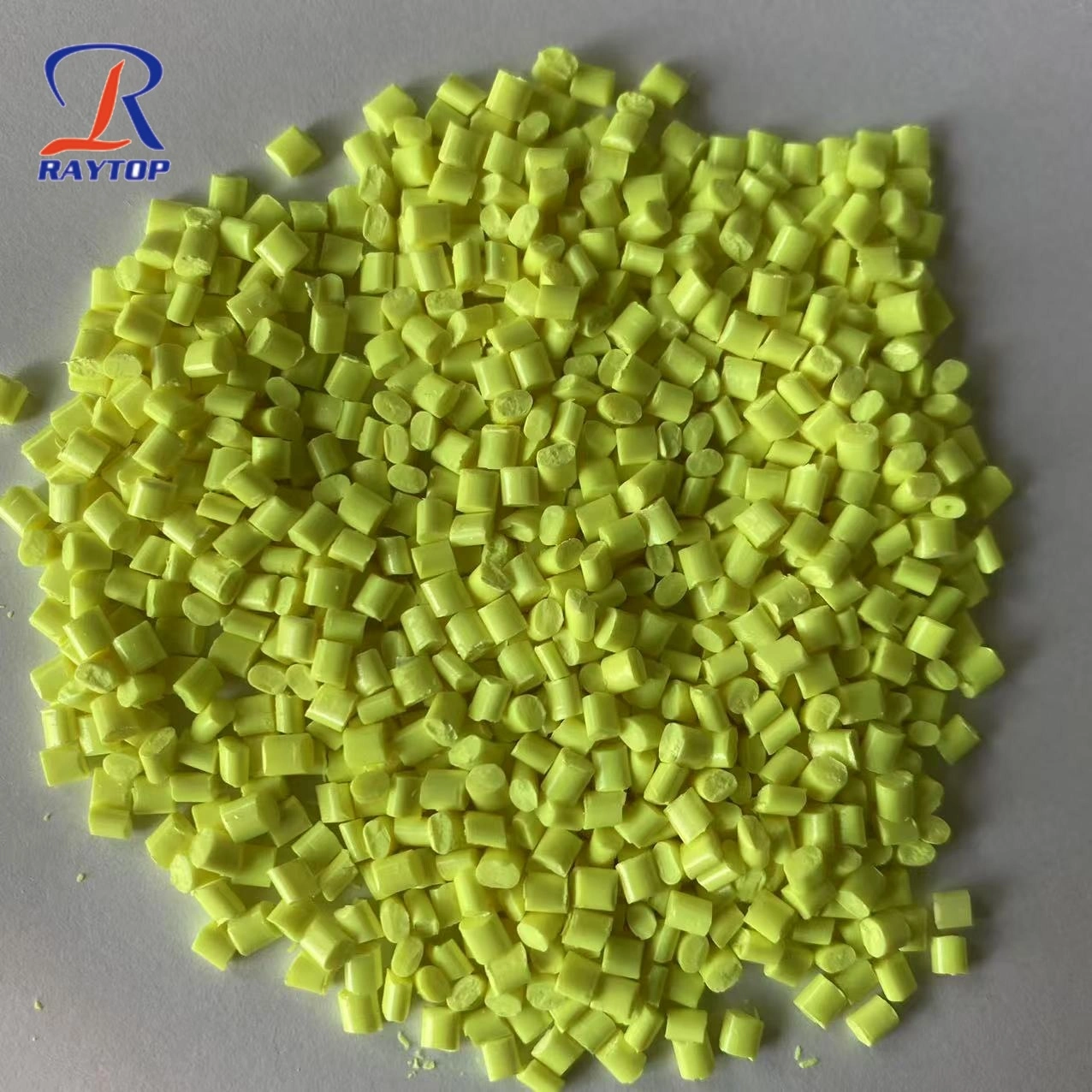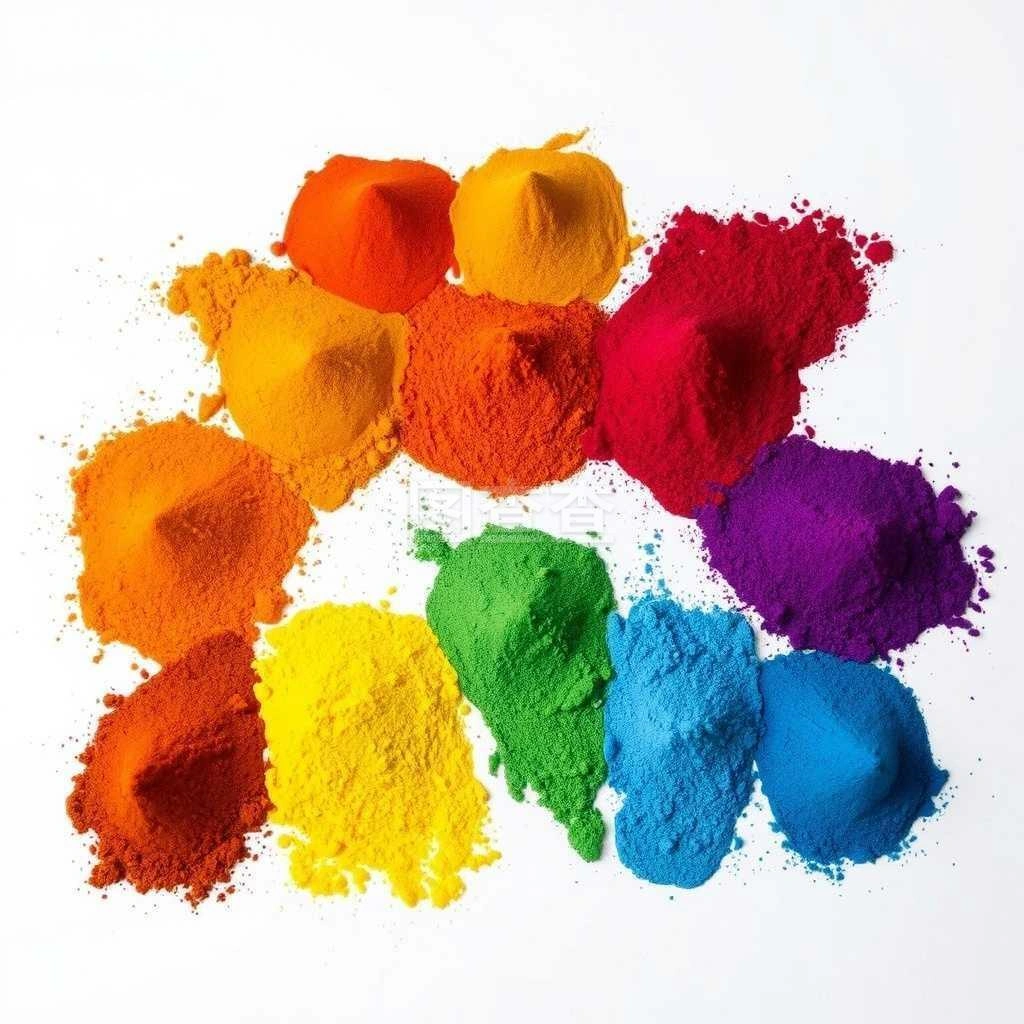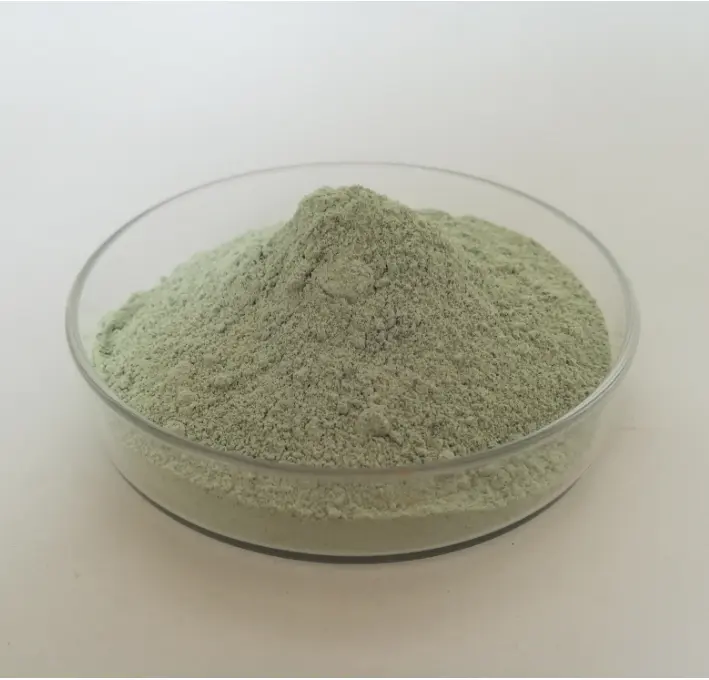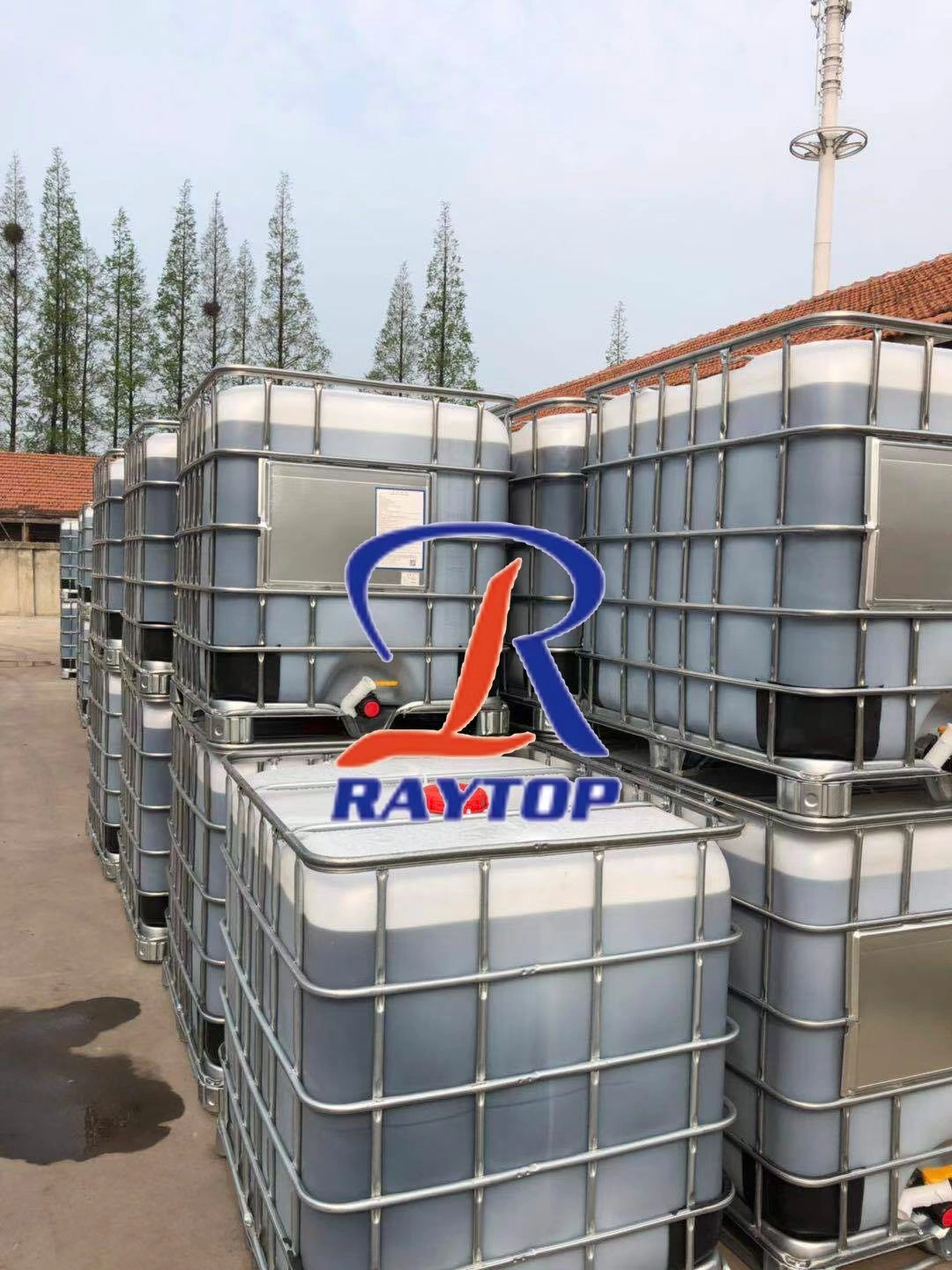Many industries are beginning to use optical brightener, such as paper, plastic, leather, detergent. At the same time, optical brightener is also used in many high-tech fields, such as fluorescence detection, dye laser, anti-counterfeiting printing, and even high sensitivity film for aerial photography. In order to improve the sensitivity of photosensitive latex, optical brightener is also used. In China, optical brightener is first classified as printing and dyeing auxiliaries, and then as dyes. Because of its unique nature and large amount of demand, it has been separated from the above two industries and become a separate class of fine chemical products.
Optical brightener in detergent is the largest user of optical brightener in China, optical brightener in paper is the second largest user, and optical brightener in textile is the third largest user.
1、 Principle and main optical brightener uses and types
The optical brightener can absorb invisible ultraviolet light (wavelength range is about 360380nm) and convert it into blue or purple visible light with longer wavelength, so it can compensate the unwanted yellowish color in the matrix and reflect more visible light than the original incident wavelength in the range of 400600nm, so as to make the product appear whiter, brighter and brighter. Its function is to transform the invisible ultraviolet radiation absorbed by the product into violet blue fluorescent radiation, and complement the original yellow radiation to become white light, so as to improve the whiteness of the product under sunlight. Optical brightener has been widely used in textile, papermaking, washing powder, soap, rubber, plastic, paper, pigment and paint.
Chromatic light
Optical brightener has cyclic conjugated system in chemical structure
① Stilbene type, used in papermaking, soap making and other industries of cotton fiber and some synthetic fibers. It has blue fluorescence;
② Coumarin type, with the basic structure of coumarin, used for celluloid, PVC plastics,PVC hose, etc., with strong blue fluorescence;
③ Pyrazoline type, used for wool polyamide, acrylic fiber and other fibers, with green fluorescent color;
④ Benzooxy nitrogen type, used for acrylic fiber and other fibers and polyhydroethylene, polystyrene and other plastics, with red fluorescence;
⑤ Benzoimide type, used for polyester, acrylic, nylon and other fibers, with blue fluorescence.
2、 The main optical Brightner properties and uses commonly used in plastic products
The optical Brightner can be divided into two types in terms of use, one is water-soluble optical Brightner can be used for whitening paper, paint, washing powder, cotton fabric, and the other is water insoluble optical Brightner can be used for whitening chemical fiber, plastics and so on. The optical brightener commonly used in plastic products mainly includes ob, OB-1, cbs-127, KSN, KCB, etc. it is mainly used to increase the color and whiten of various plastics and reduce the amount of toner.
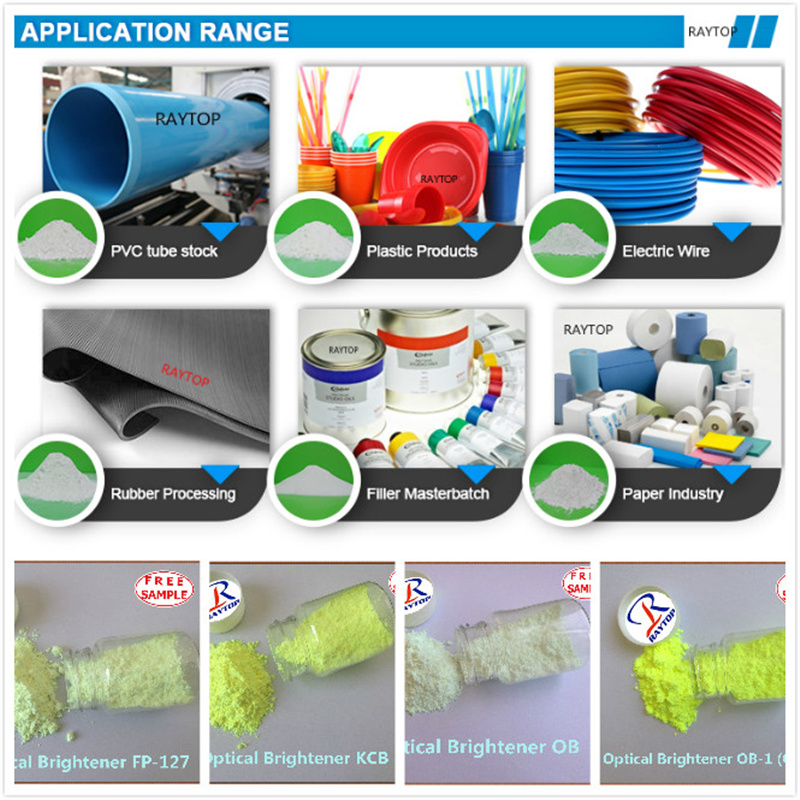
1)、Optical brightener OB uses
CAS No.: 7128-64-5, chemical name: 2,2 '- (2,5-diphenylthio) bis [5 - (1,1-methylethyl)] benzoxazole. Molecular formula: c26h26n2o2s, molecular weight 430. The appearance of the product is light yellow or milky white powder, and the transmittance is 450nm296% and 500nm297%. It is a benzoxazole type compound, insoluble in water, but soluble in alkanes, mineral oils and common organic solvents.
optical brightener OB
Optical Brightner ob can be used for whitening thermoplastic, poly (ethylene), polystyrene, polyethylene, polypropylene, ABS, acetate fiber, paint, paint, printing paint, etc. optical Brightner ob can be used for whitening polymers in various processing stages, and can give the processed products bright blue and white luster.
In practice, optical Brightner ob should be added at 0.01-0.05% of the weight of plastic, and it can be mixed with various plastic particles evenly. The same products abroad include uvitex ob.
2).optical brightener HE uses
Molecular formula: c24h16n2, main component is Diphenylethylene derivative, molecular weight is 332. The appearance is yellow powder, and the color light is blue white. The fluorescent intensity and whiteness of optical Brightner he are good. Good thermal stability, no decomposition at 300 * C. Good dispersion, easy to mix with plastic. It is suitable for whitening and brightening PP, PE, PS, ABS and other plastics, especially for whitening and brightening PVC profiles, sheets, plates, pipes and cable materials.
In practice, the addition of optical Brightner he 20-60g (as a percentage of the weight of plastic raw materials) in every 100kg of plastic shall be determined by test in special cases (if the proportion of filler is high). The amount of optical Brightner he on PVC cable material only needs half of PF, and the whiteness is much higher than PF.
3).optical brightener KCB(FBA367) uses
CAS No.: 5089-22-5 (63310-10-1) belongs to benzoxazole type optical brightener, and its chemical name is 1,4-bis (benzoxazolyl-2-yl) naphthalene. The appearance is light yellow or milky white crystalline powder.
Optical brightener KCB is widely used in plastics, coatings, inks, textiles and other fields. It can make products not discolor, keep yellow, prevent aging and prolong service life. Optical brightener KCB has a good whitening effect on all kinds of plastics and plastic products. It has a better whitening effect on PVC, PP, PVC and other plastic products, and a particularly ideal whitening and brightening effect on artificial leather products, The utility model has the advantages of no yellowing and no fading after long-term storage.
In practical use, the dosage of optical brightness KCB is generally 0.01-0.05% of the weight of the whitened product. The whitening agent and the required whitening particles are fully mixed and evenly processed.
4).optical brightener OB-1 uses
CAS No.: 1533-45-5. Its chemical name is 2,2 - (4,4-stilbene) dibenzazole, and its appearance is bright yellow crystalline powder.
The melting point of optical brightener OB-1 is 351-358 * C, which can withstand 375 ° C high temperature, is all the better heat resistance brightener, especially suitable for high melting point plastics such as polyester (PET), optical brightener OB-1 has strong fluorescent whitening ability, good stability, compatibility with many polymers, is an effective optical brightener for plastic products, widely used in abs.ps.hlps.pa.pc.pp.eva and rigid PVC plastics. Optical brightener OB-1 is also commonly used in polyester corrective fibers. The whiteness of polypropylene, nylon, nylon and polyester can be improved obviously by adding optical brightener OB-1. After adding optical brightener OB-1 to recycled polyester fiber waste, bottle material and chips, the recycled material will appear whiter, and the chroma of different recycled materials will become whiter and consistent. For the whitening of high temperature plastics, we strongly recommend the use of optical brightness OB-1.
Optical brightener OB-1 is added with 0.01 ~ 0.05% of plastic or polyester particles before the molding of various plastic products or before the drawing of polyester fiber, and can be fully mixed with plastic.
5).optical brightener FP-127(FBA378) uses
The crystal powder is light yellow or milky white in appearance, with a large absorption peak value of 368nm, a large fluorescence reflection of 436nm, and a specific gravity of 1.23g/m3.
optical brightener 127
Optical brightener fp-127 has good whitening effect on all kinds of plastics and plastic products, especially for polyurethane, polypropylene and other plastic products, especially for artificial leather products, and has the advantages of long-term storage without yellowing and fading.
The optical brightener fp-127 is added at 0.01-0.05% of the weight of plastic to various plastic products before molding, and can be well mixed with plastic particles.
6).optical brightener KSN(FBA368) uses
CAS number: 5242-49-9, molecular formula: c29h2on2o2. The appearance is bright yellow powder. It is insoluble in water and soluble in high boiling organic solvents such as benzene trioxide. The structure type is stilbene dibenzimidazole compound.
Optical brightener KSN has similar chemical structure to optical brightener OB-1, but its whitening effect on polyester fiber and plastic products is better than that of optical brightener OB-1, and its compatibility with plastic is better than that of optical brightener OB-1. It can produce very good whitening effect with a small amount, which is far less than that of OB-1. Optical brightener KSN not only has excellent high temperature resistance, but also has excellent sun and weather resistance. Optical brightener KSN is also suitable for whitening polyamide, polyacrylonitrile and other polymer fibers. It can also be used in film, injection molding and extrusion molding materials. Adding KSN in any processing stage of synthetic polymer has good whitening effect.
Add optical brightener KSN at 0.01-0.05% of the weight of plastic or polyester particles to various plastics before molding or polyester fiber drawing, and mix with the materials evenly.
3、Methods and steps of using optical brightness
First of all, a certain proportion of optical brightener is dissolved in the multi-functional plasticizer. Here we use 100kg of new material, add about 20g of optical brightener and 300g of plasticizer. This is based on the proportion of old material. The more the old material, the greater the amount
The real use of plastic optical brightener
After the whitening agent and plasticizer are fully fused, they are put into the mixer to mix with the material evenly
The real use of plastic optical brightener
Feeding can be carried out in various ways, air extraction, screw feeding
About Raytop
Raytop, a leading manufacturer in the field of optical brighteners, specializes in the research, development, production, and sales of high-quality optical brighteners with various specifications and applications.
We cater to a global clientele, offering optical brighteners that significantly enhance the whiteness, brightness, and overall visual appeal of materials across diverse industries such as textiles, papermaking, plastics, coatings, and daily chemicals. Recognizing the distinct performance requirements across different sectors and applications, Raytop continuously innovates to introduce a range of optical brightener models tailored to meet our customers' diverse needs.
Adhering to international quality management system standards, Raytop ensures rigorous quality control and inspection throughout the production process, from raw material sourcing to final product dispatch. We prioritize environmental protection and sustainable development, striving to produce eco-friendly optical brighteners that not only deliver value to our customers but also align with our corporate social responsibility.
Guided by the principle of "Customer First, Quality Foremost," Raytop has garnered widespread acclaim from clients worldwide for our professional expertise, superior products, and comprehensive services. Looking ahead, we remain committed to deepening our expertise in optical brighteners, pursuing innovative breakthroughs, and providing even more exceptional products and services to our global partners, jointly forging a brighter future.
